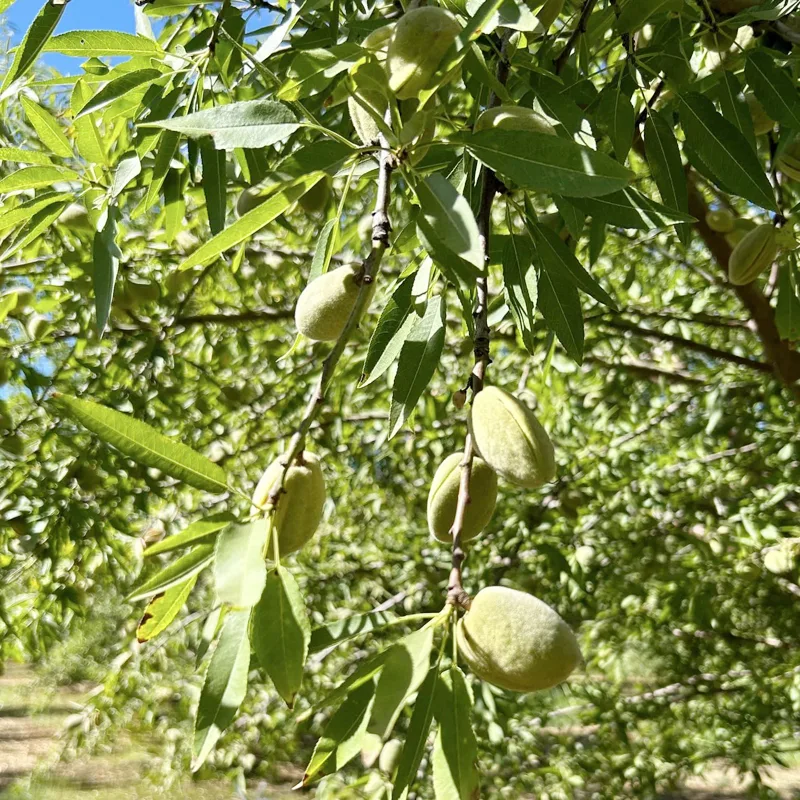FAQs About Erigeron Strigosus
As someone who loves exploring different plants, I’ve had my share of experiences with Erigeron Strigosus, also known as the Daisy Fleabane. It’s a plant that often piques curiosity, so I thought I’d dive into some frequently asked questions to shed light on this charming plant.
465 Species in Genus Erigeron
What is Erigeron Strigosus?
Erigeron Strigosus is a perennial herbaceous plant that belongs to the Asteraceae family. It’s known for its delicate, daisy-like flowers which bloom in shades of white to pink. Native to North America, it’s commonly found in meadows, roadsides, and open woods. Its growth habit is typically low and spreading, making it a great ground cover plant.
Is Erigeron Strigosus a Medical Plant?
Erigeron Strigosus isn’t widely recognized as a medicinal plant in modern herbalism. While it has been used in traditional medicine, it’s not a major player compared to other herbs with well-documented medicinal properties. Historically, members of the Erigeron genus have been used in various folk remedies, but scientific validation for these uses is limited.
Is Erigeron Strigosus Edible?
Erigeron Strigosus isn’t commonly consumed as food. Although some wild plants can be edible, this particular species isn’t typically included in culinary traditions. It’s always best to exercise caution when foraging and to consult an expert before consuming any wild plant.
How to Care for Erigeron Strigosus?
Taking care of Erigeron Strigosus is relatively straightforward. It prefers full sun to partial shade and thrives in well-drained soil. It’s a hardy plant that can tolerate drought once established, making it a good choice for low-maintenance gardens. Regular deadheading can encourage prolonged blooming, and while it’s not overly fussy, a light mulch in the winter can help protect the roots.
How to Propagate Erigeron Strigosus?
Propagation of Erigeron Strigosus can be done through seeds or division. If you’re starting from seeds, sow them in the spring after the last frost. They need light to germinate, so don’t cover them too deeply. For division, you can split established clumps in early spring or fall. Ensure each division has a healthy root system and replant it in a suitable location.
Can You Grow Erigeron Strigosus Indoors?
Erigeron Strigosus generally prefers outdoor conditions and isn’t commonly grown indoors. It requires a good amount of light and space to thrive, which can be challenging to provide indoors. However, if you have a sunny, well-ventilated indoor space, you might experiment with growing it in a large container. Keep an eye on its light and water needs to mimic its natural outdoor habitat.
Is Erigeron Strigosus Toxic?
Erigeron Strigosus is not known to be toxic to humans or pets. It’s always a good practice to avoid consuming any wild plants unless you’re sure of their safety. As with all plants, it’s wise to ensure that pets do not chew on them, as even non-toxic plants can cause digestive upset if ingested in large quantities.
What to Plant with Erigeron Strigosus?
Erigeron Strigosus pairs well with a variety of other plants. Its low-growing habit makes it an excellent companion for taller perennials and shrubs. Consider planting it alongside lavender, coneflowers, or ornamental grasses to create a visually appealing garden bed. Its adaptability also allows it to complement other ground covers and flowering plants in mixed borders.
Common Problems with Erigeron Strigosus
While generally hardy, Erigeron Strigosus can face a few common issues. Overly wet conditions can lead to root rot, so ensure good drainage. It’s also susceptible to typical garden pests like aphids and spider mites. Regular inspections and appropriate treatments, such as insecticidal soap, can help manage these pests.
Erigeron Strigosus vs Erigeron Annuus
When comparing Erigeron Strigosus to Erigeron Annuus, or Annual Fleabane, there are some key differences. Erigeron Annuus is an annual plant that typically has larger flowers and a more upright growth habit. In contrast, Erigeron Strigosus is a perennial with a spreading nature and smaller, more delicate blooms. Both plants are part of the same genus but serve different purposes in the garden.
Benefits of Growing Erigeron Strigosus
One of the main benefits of growing Erigeron Strigosus is its ability to attract pollinators like bees and butterflies, which can enhance the biodiversity of your garden. Additionally, its low-maintenance nature and ability to thrive in various soil conditions make it an excellent choice for filling in garden spaces and providing continuous blooms.
Conclusion
Erigeron Strigosus is a delightful and versatile plant that can add beauty to any garden. While it may not have significant medicinal or culinary uses, its ornamental value and ease of care make it a worthwhile addition to your garden. Whether you’re looking to pair it with other plants or just enjoy its daisy-like blooms, this perennial has a lot to offer.
If i die, water my plants!



